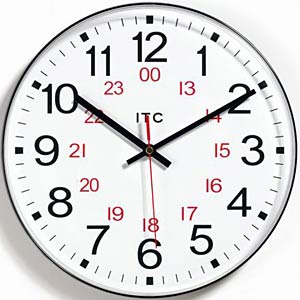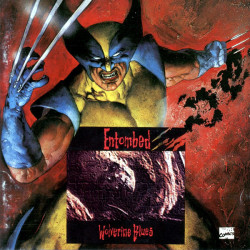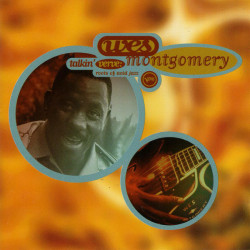There’s a smart sounding title, wonder if I’ve got anything to back it up.

Here’s the clock again from last post. The idea of naming the notes with numbers within an octave is dead simple. Scientifically speaking, two notes with a 2:1 ratio might as well be the same note.
YET,
It is not so. 0+5=the perfect 4th; 5+0(the octave above)=a perfect 5th. A simple counter-intuitive fact I have never heard explained or even alluded to in any music class or lesson. There are the Circle(s) of Fifths/Fourths presented to be memorized, but never explained. (This post is no exception.) But the simpler image of the clock with numbers can help. The 5th is thought of as the center of the diatonic scale, but chromatically it is the tritone. From any numbered note, we can see its tritone directly opposite on the clockface. And the fourths and fifths are not merely about counting semitones but knowing which direction they are coming from and going. 5 places clockwise is the 4th and 7 is the 5th and vice versa. Then when you get into extended chords and intervals you can see the value of the 24hr clock. Memorizing these values is much simpler than letters with arbitrary accidentals. So there. %






#1 by Google on 2014.07.09 - 01:10
Wow, incredible weblog structure! How long have you
ever been running a blog for? you make running a blog look easy.
The entire glance of your site is wonderful, as well as the content material!
#2 by Jim on 2014.07.09 - 13:44
This is somehow a real comment, I dunno.
#3 by Zarvoc on 2015.01.25 - 15:33
Hi, I was inspired to read back through your other music theory posts. The way that I think about the relationship between 4ths and 5ths goes all the way back to Pythagoras. Check it. The frequency ratio between a note and its octave is 2:1. And Pythagoras would’ve said that a perfect fifth is the ratio 3:2, and the perfect fourth is the ratio 4:3 (this is why I’m pretty sure they are called “perfect” — they are the ratios of the smallest whole numbers). And simple math tells us:
4/3 multiplied by 3/2 = 12/6, which is 2/1. A fifth plus a fourth is an octave. It’s no mystery why all musical traditions value the perfect intervals. Of course Western music also values the third, as that’s the interval which makes things sound major or minor, and jazz theory is merely the realization that one can stack thirds past 3-note chords to get 7th chords, 9th chords, and on it goes.
The tritone is the geometric half-point, true, but the ratio between a tritone and the tonic is some fucked-up complex ratio like 25:18 or 45:32 (this varies depending on who you read), which is why it sounds so unsettled.
#4 by Jim on 2015.01.26 - 21:35
True, this is something I need to work on explaining better if I can. But all musical traditions don’t have perfect 4ths and 5ths, only the ones that use string instruments. (Which is almost all of them, of course.) Balinese gongs and bells, for example, have a different overtone series. It might be the only example and it has nothing to do with the concept here. I’ve gotten into how scales are derived from overtones since I wrote this.